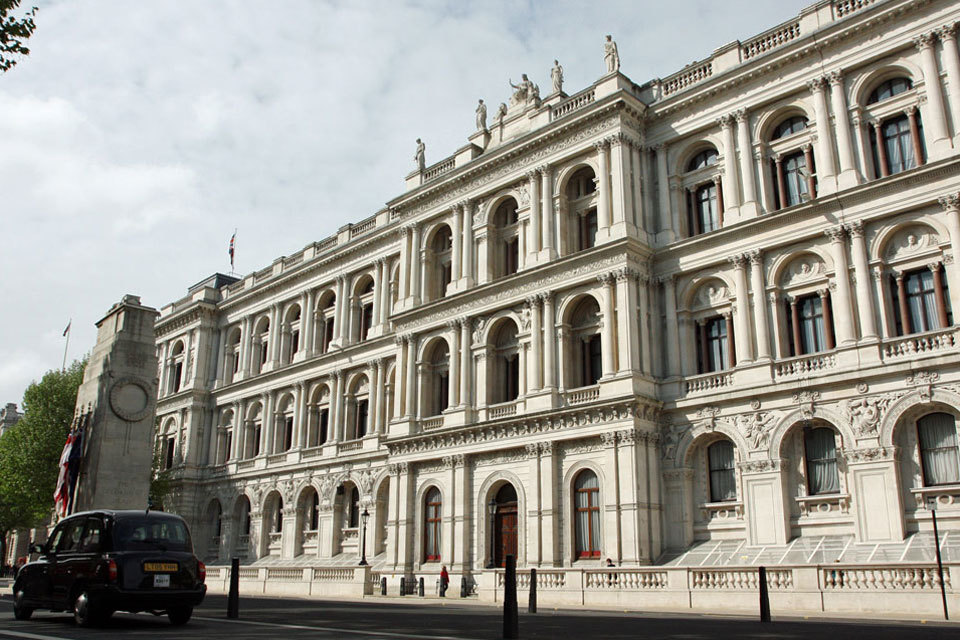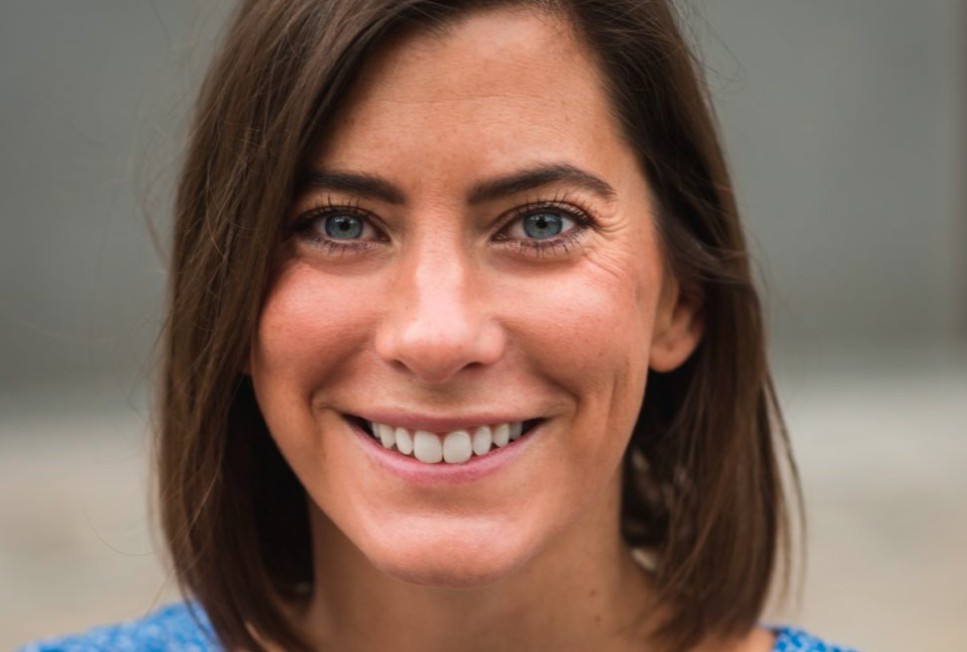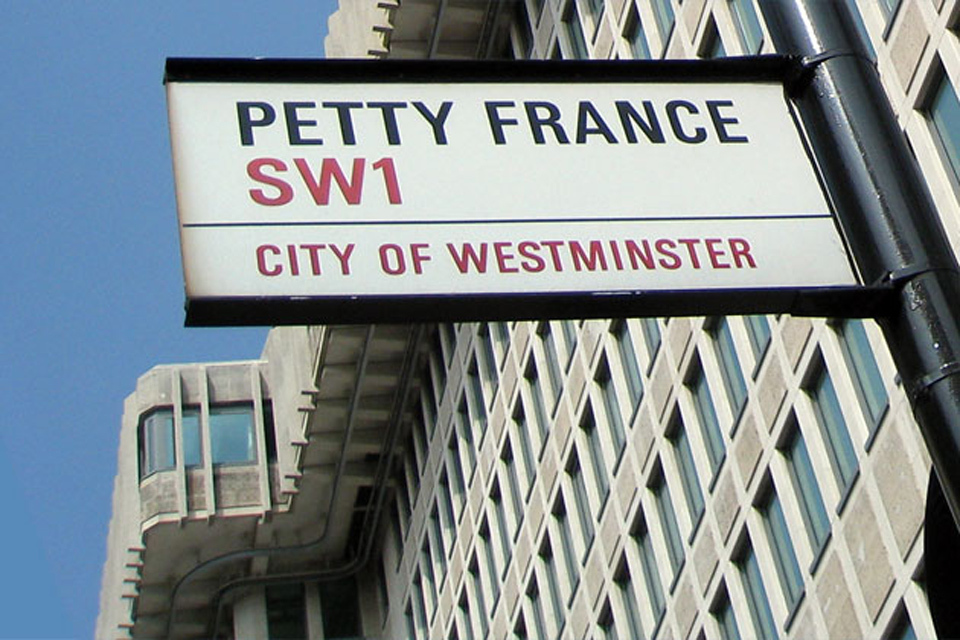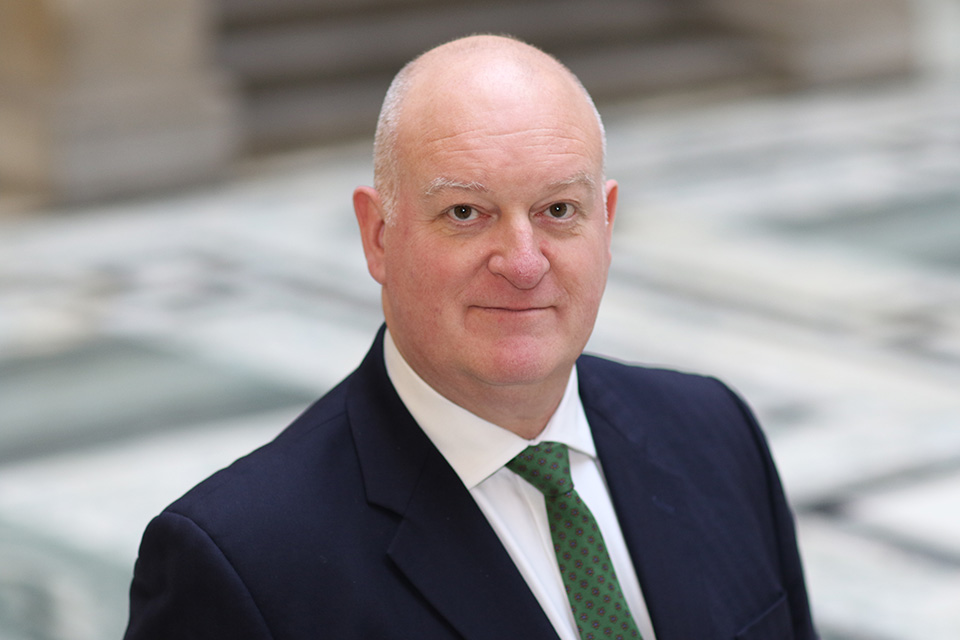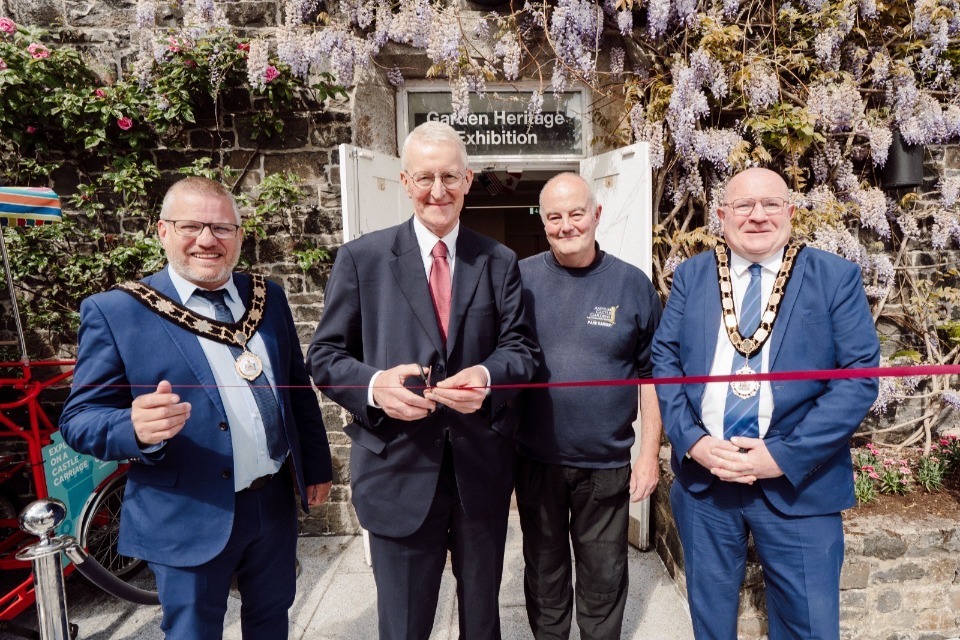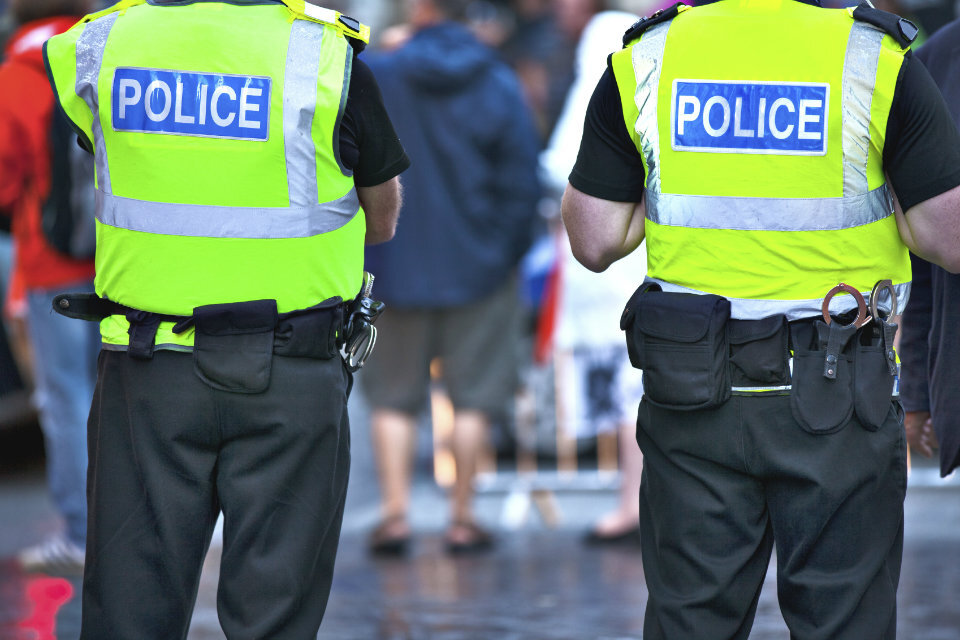What's On
A new edition of EXPOMIN took place in Chile between…
Going Out
London is no stranger to gorgeous restaurants. Whether you’re after…
Reviews
Asda has appointed Morrisons Marketing Director Rachel Ery’s new customer…
Latest Articles
Can you still buy new CD players?Absolutely! While CD sales understandably dropped as the popularity of music downloads…
Madam Chair, I am delivering this statement on behalf of the following participating States that are members of…
Just a few moments ago, I spoke to President Trump, the President of the United States. And I…
Britain secures the first US trade deal protecting British business and British jobs, the second landmark deal in…
It’s great to be here in Blackpool. Paddy (Lillis), you stood in the tradition of the greatest leaders…
The Lord Chancellor has approved the appointment of: Professor Solene Rowan as the Law Commissioner for Commercial &…
Foreign Secretary statement 7th May 2025
UK Government today launches a public online exhibition showcasing the five potential design concepts for the site of…
In Spotlight
Thank you, Mr Chair. I would like to offer a…




